About
Rare opportunity to be the next steward of the Jonathan Harding House. In part built from the timbers used in the garrison that was built in Medfield shortly after the town settled in 1649 and used as protection from the attack on Medfield during the King Philip War, this home's connection to Medfield's history is substantial. This magnificent home is overflowing with old world charm including a beautiful two-sided grand staircase leading to the second floor, eight-foot ceilings, gorgeous wood flooring, built in cabinets and six fireplaces. Three stories of finished space include six plus bedrooms and three and one-half baths. This iconic home boasts an attached carriage house with exposed beams from the original Medfield garrison. A separate Barn with a two-car garage, horse stable and ample two stories of barn space round out this unique home. Ideally situated on over half an acre and close to the new Medfield nature trails and the Kingsbury club.
One of Medfield's oldest homes with an incredible history sits quietly on the North side of town...
74 Harding Street by Richard DeSorgher:
As the house that is bursting with history, it literally can’t stop talking. Today it sits majestically on the knoll at 74 Harding Street, nestled behind a row of protective pines. Parts of it served as the original garrison for the north end of town during the Native American attack in the King Philip War. Inhabited by abolitionists in the years before the outbreak of the Civil War, it served as a stop on the Underground Railroad, generations of Harding family members called it home. The history of 74 Harding Street began with the fears of the pending King Philip War. With the outbreak of the war in 1675, Medfield began to build some five garrisons or small forts throughout the town to protect the citizenry in the event of an attack. Here on the land that is now 74 Harding Street a garrison was built for those in the north end of town to flee to during an attack. Such an attack did indeed come; on February 21, 1676 some 300-1,000 Native Americans under the leadership of Monoco, known as One-Eye John, attacked and burnt half of the town. Some 32 houses besides barns and out buildings were destroyed. Some 17 settlers were killed. At the time, John Harding was living on Bridge Street. During the Native-American attack, every house on Bridge Street, including Harding’s, was destroyed. The following year he received a grant of a small spot off what is today the 74 Harding Street area. Here he moved into the garrison which would become the nucleus of the Harding homestead. John died in 1720 and his wife Elizabeth in 1727. It is at this time that the property went to son Abraham. Abraham demolished the old garrison but using its timbers built what is today the original part of 74 Harding Street; hence with those ancient timbers, 74 Harding Street becomes one of the oldest structures in town. Abraham became one of the driving forces in the establishment of the town of Sturbridge. After Medway broke away from Medfield, the Massachusetts Colonial Government compensated Medfield with land in the central part of the state, today, Sturbridge. Although Abraham never actually left Medfield, three of his sons did leave and became founding settlers in Sturbridge, originally known as New Medfield. Abraham’s son Simon stayed in Medfield and upon the death of his parents inherited the Harding Street homestead. When he died in 1768, the property went to his son, Abraham. Abraham married Hepsibah Prentiss of Sherborn who died in 1842. Abraham died two years later in 1844. His son Simon succeeded his father in possession of the homestead. It is Simon, who was a mechanic, and his brother Charles, a farmer, who are credited with constructing the Federalist-style house which stands today in front of the ancient 18th century dwelling. In fact Charles’s son Lorenzo, at age 10, help with the construction and the property later passed to him upon his father’s death in 1854. It was Lorenzo who had strong abolitionist views. With the passage of the Compromise of 1850, a strong Fugitive Slave Act now permitted slave catchers to go into the north and retrieve run-away slaves. Now slaves would have to find their way to Canada for freedom. This opened up the Underground Railroad with “stops” throughout New England as a gateway for slaves to make their way to Canada. Harding’s 74 Harding Street home, along with Ellis Allen’s on 260 North Street, were two such stops. Slaves would hide there during the day, perhaps getting to the basement of 74 Harding Street by usage of a long earthen tunnel that still exists on the property. During the night abolitionist “conductors” would then lead the slave further north to the next “stop,” and so on until freedom in Canada was achieved. By 1876 the property was still listed as owned by Lorenzo Harding. The 1909 maps show it as property of H.F. Harding and in 1923 it was owned by Amanda Harding Nickerson. By the mid-20th century, the house passed for the first time out of the Harding family.
Gallery

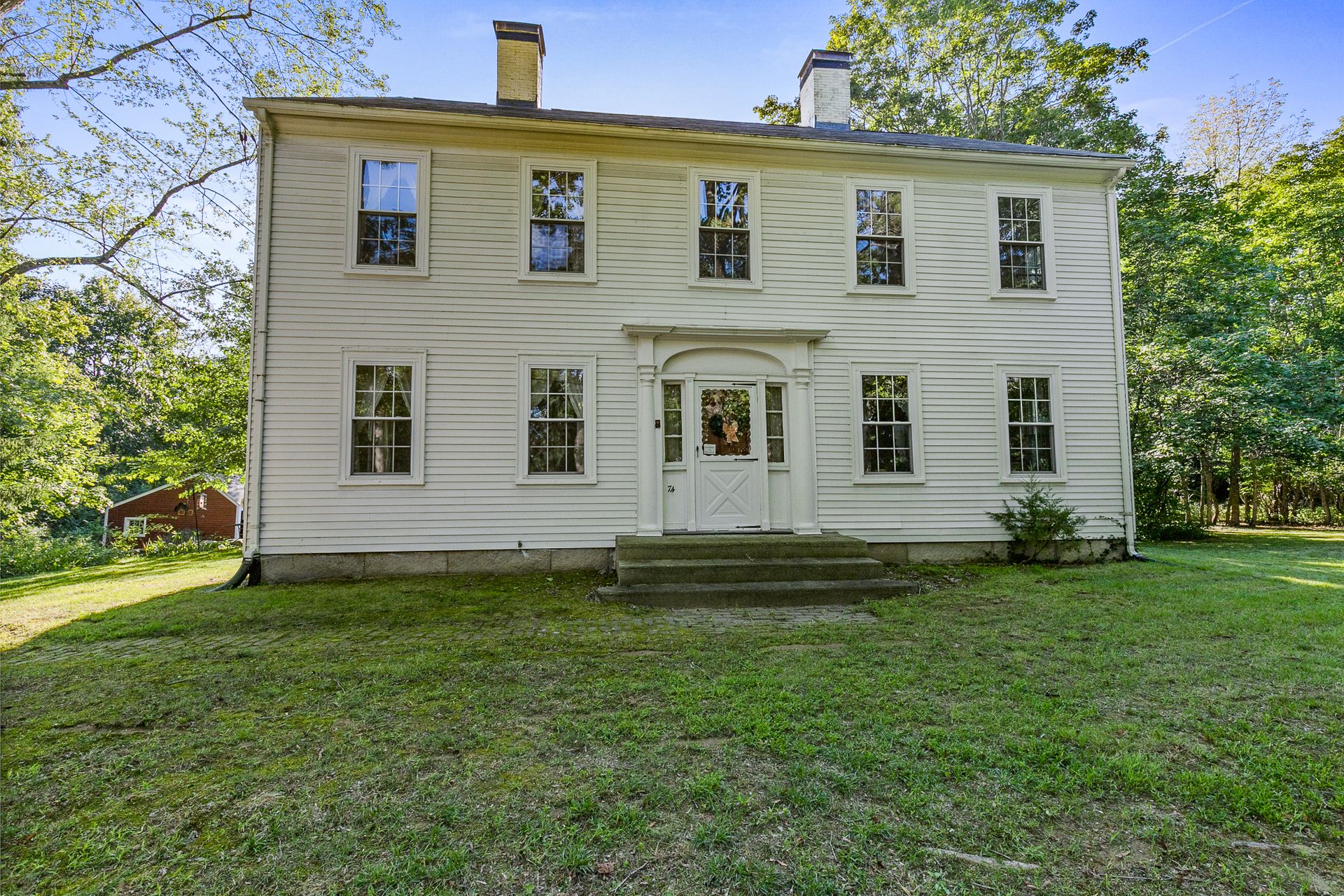



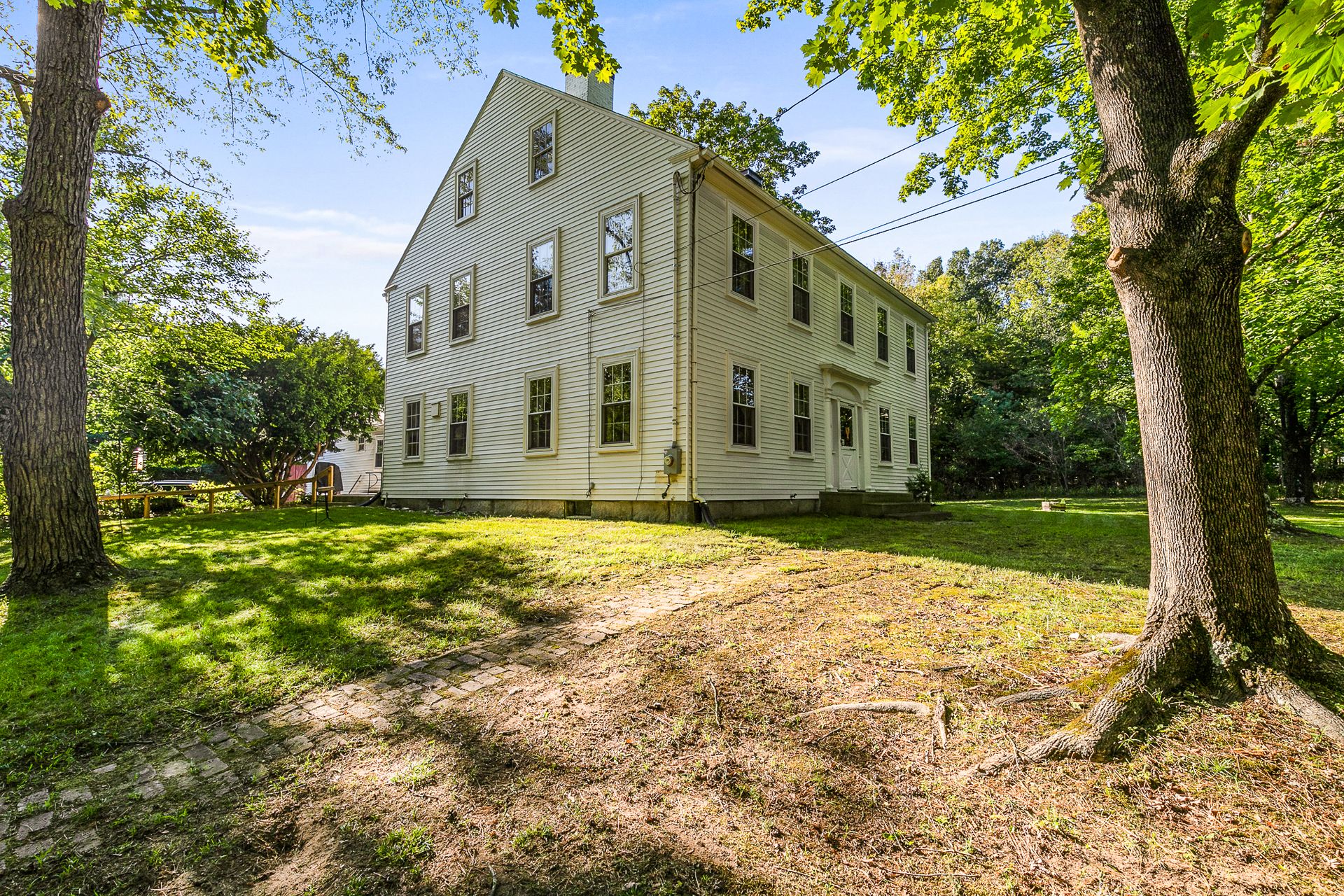







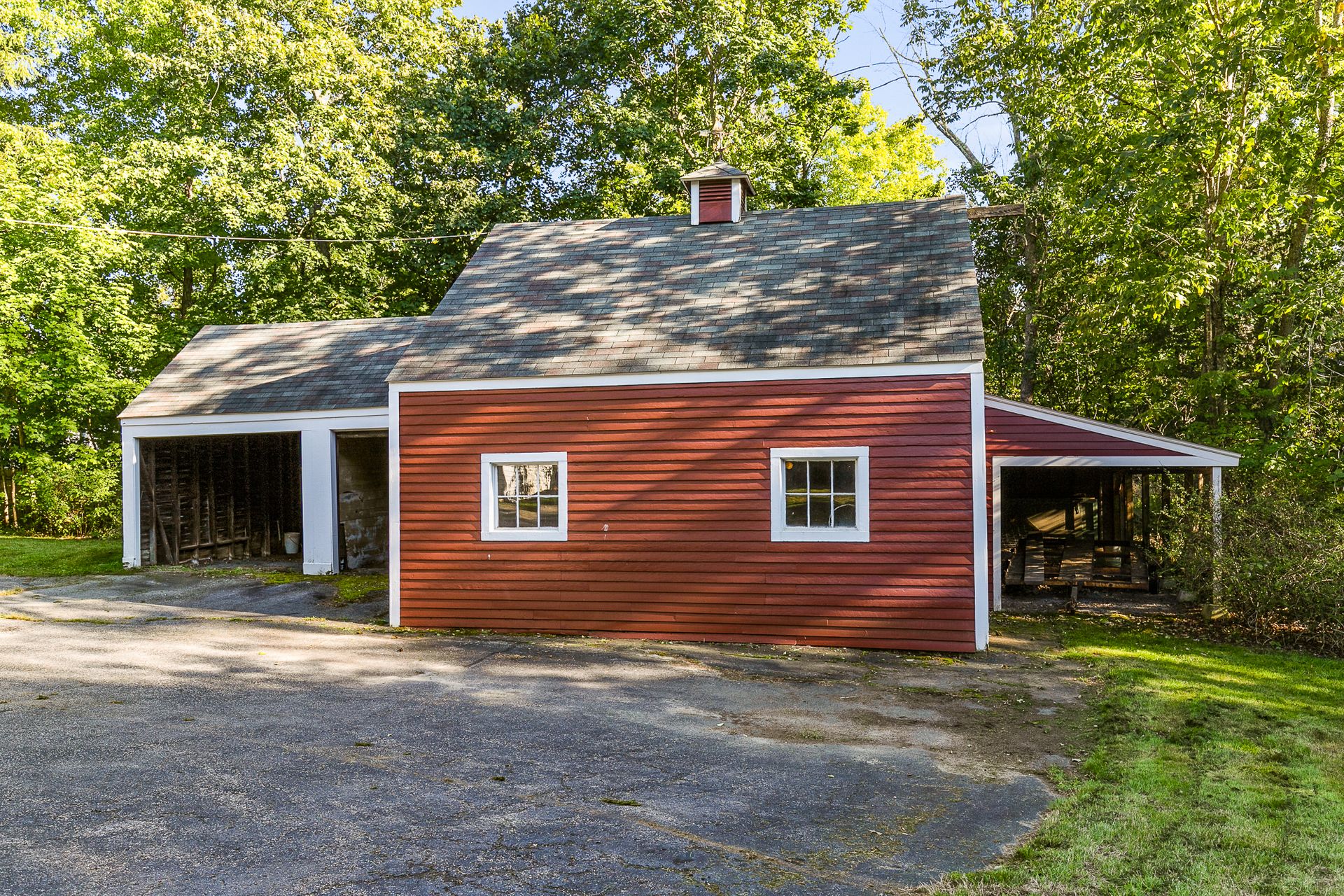









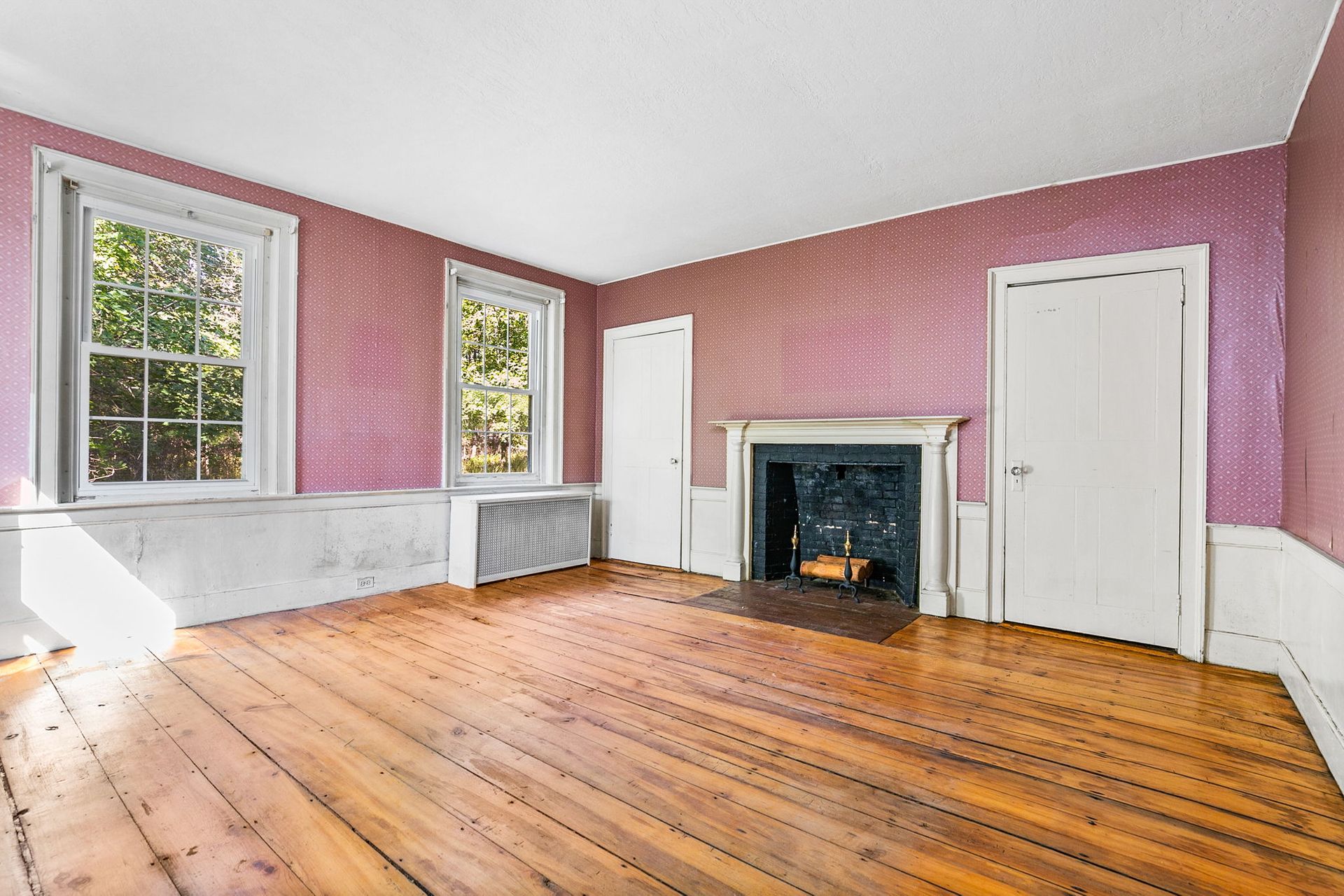


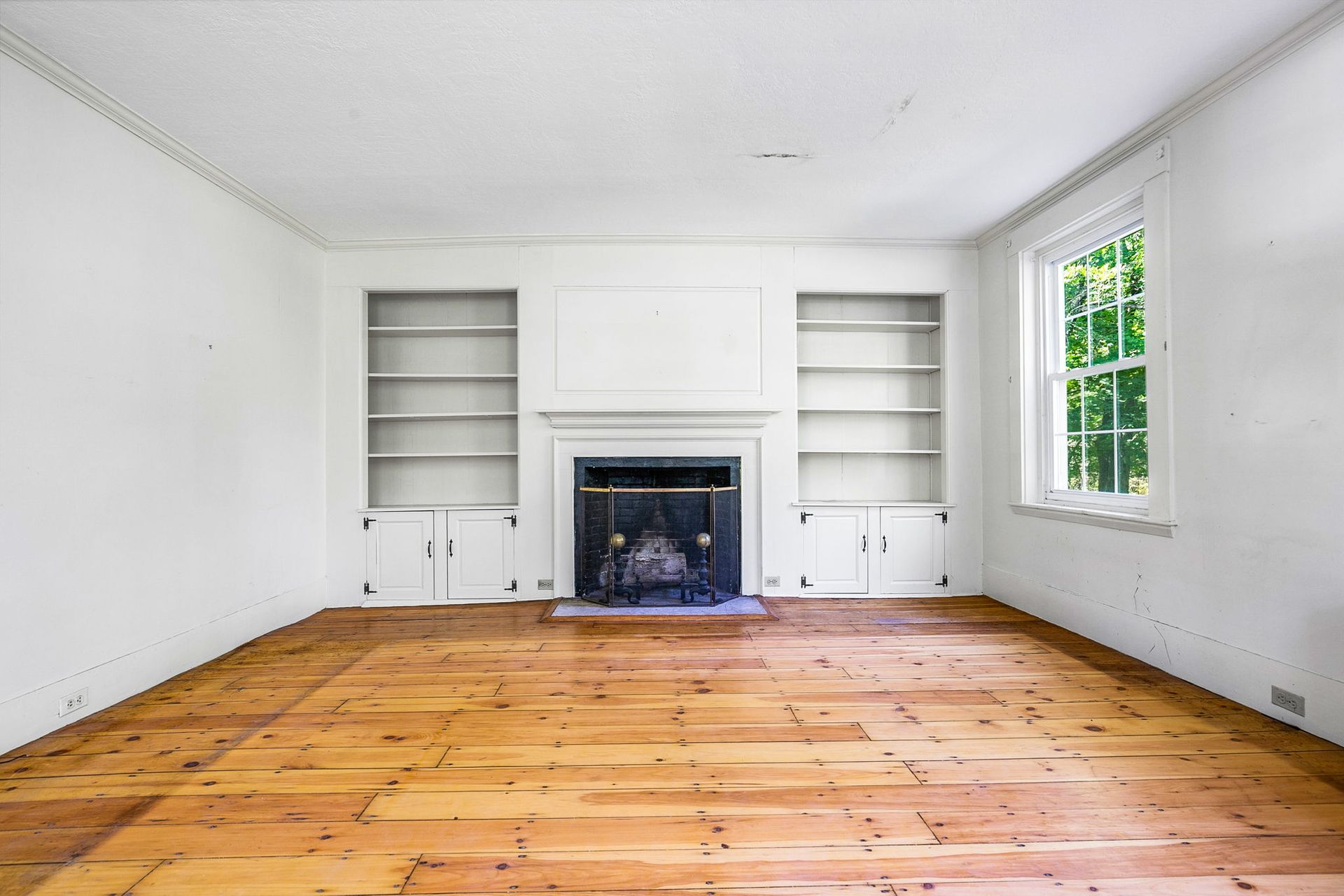
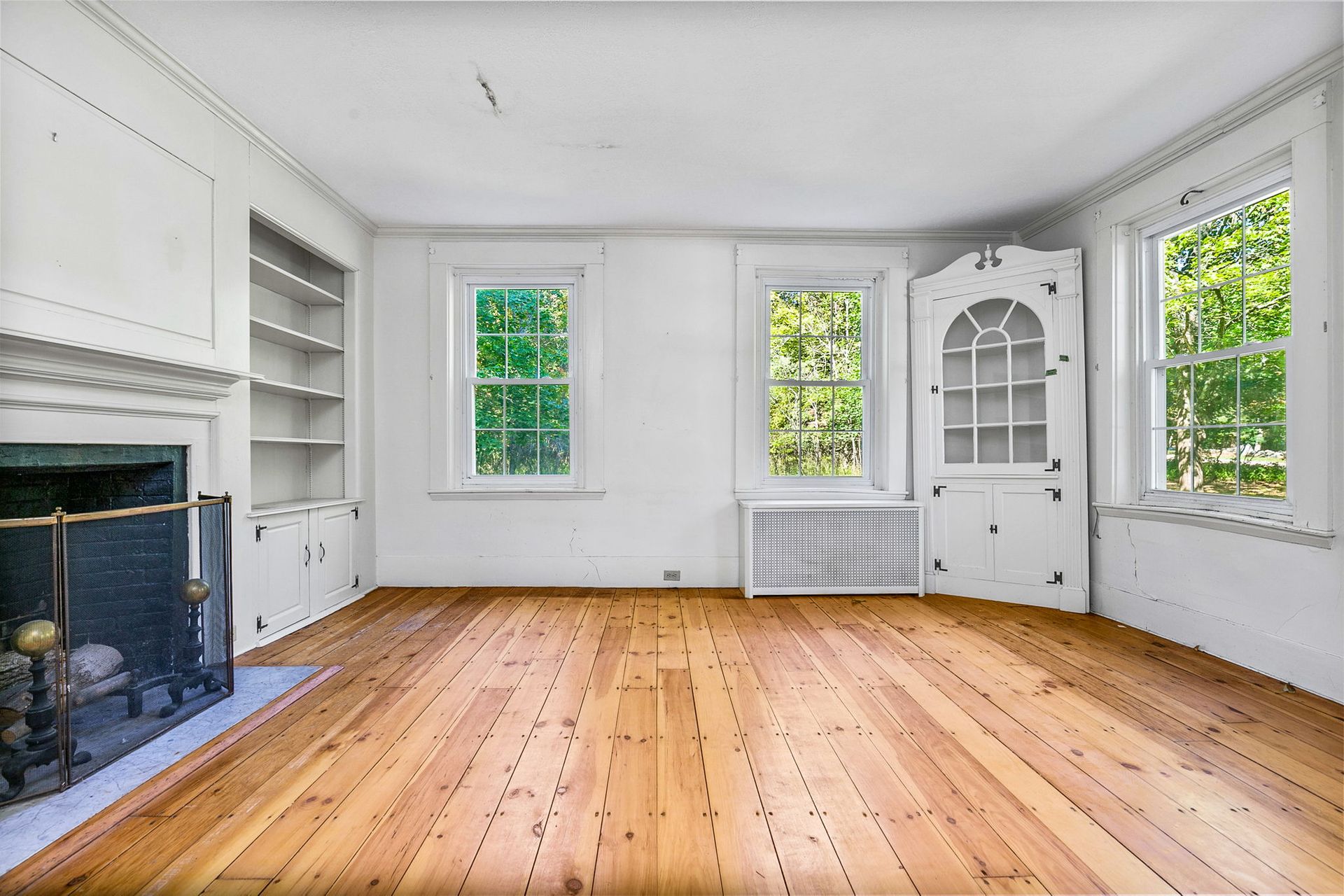

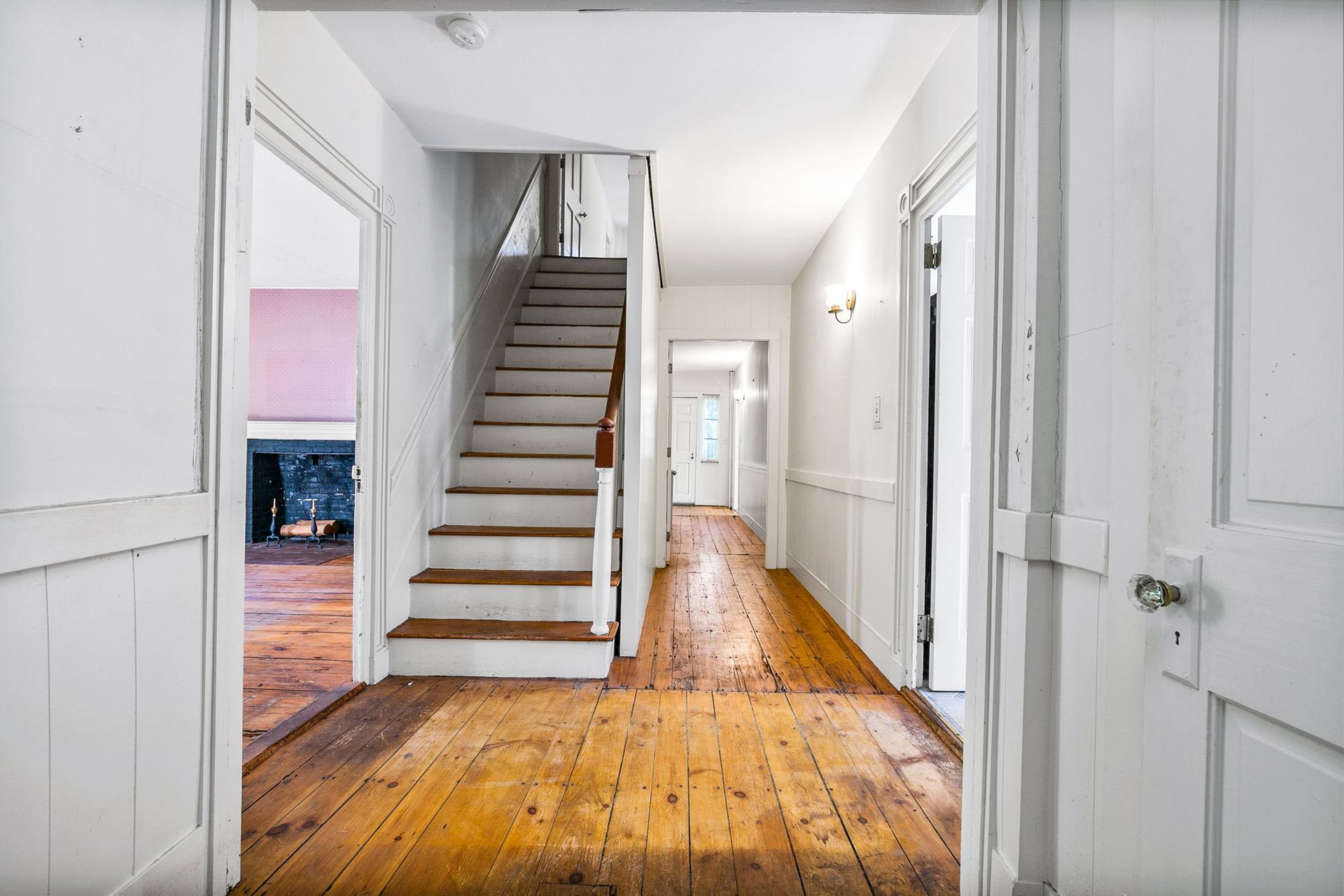












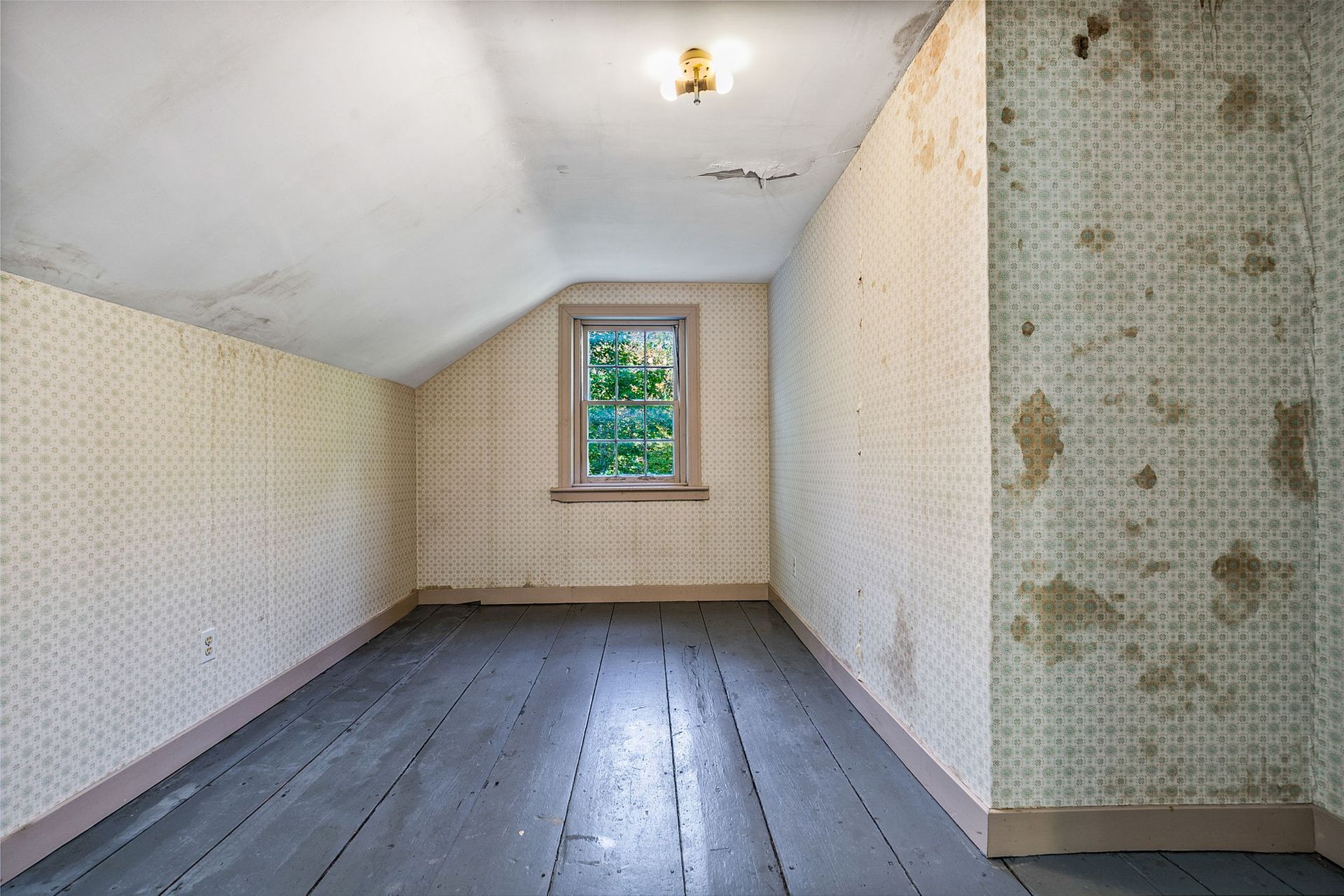



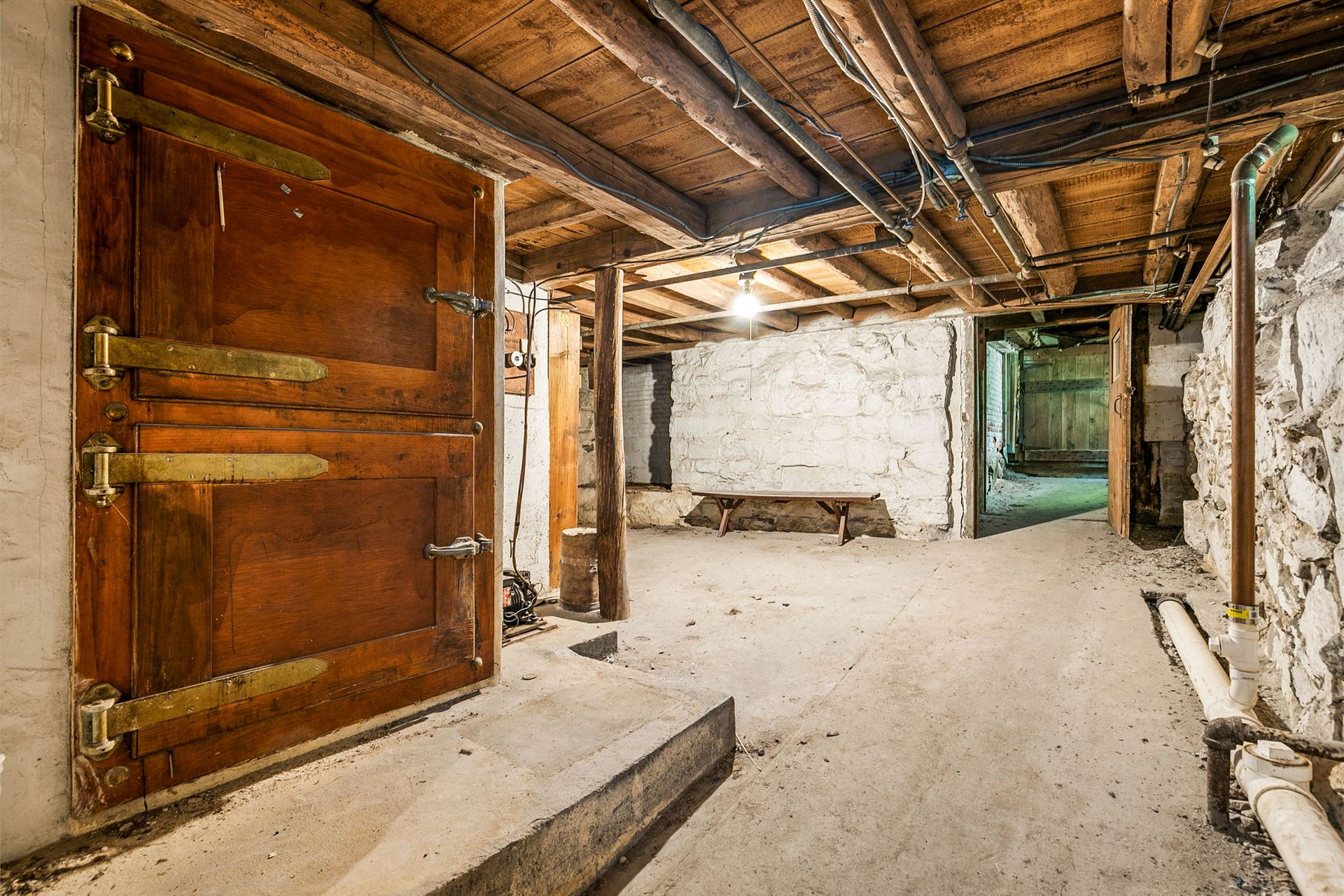

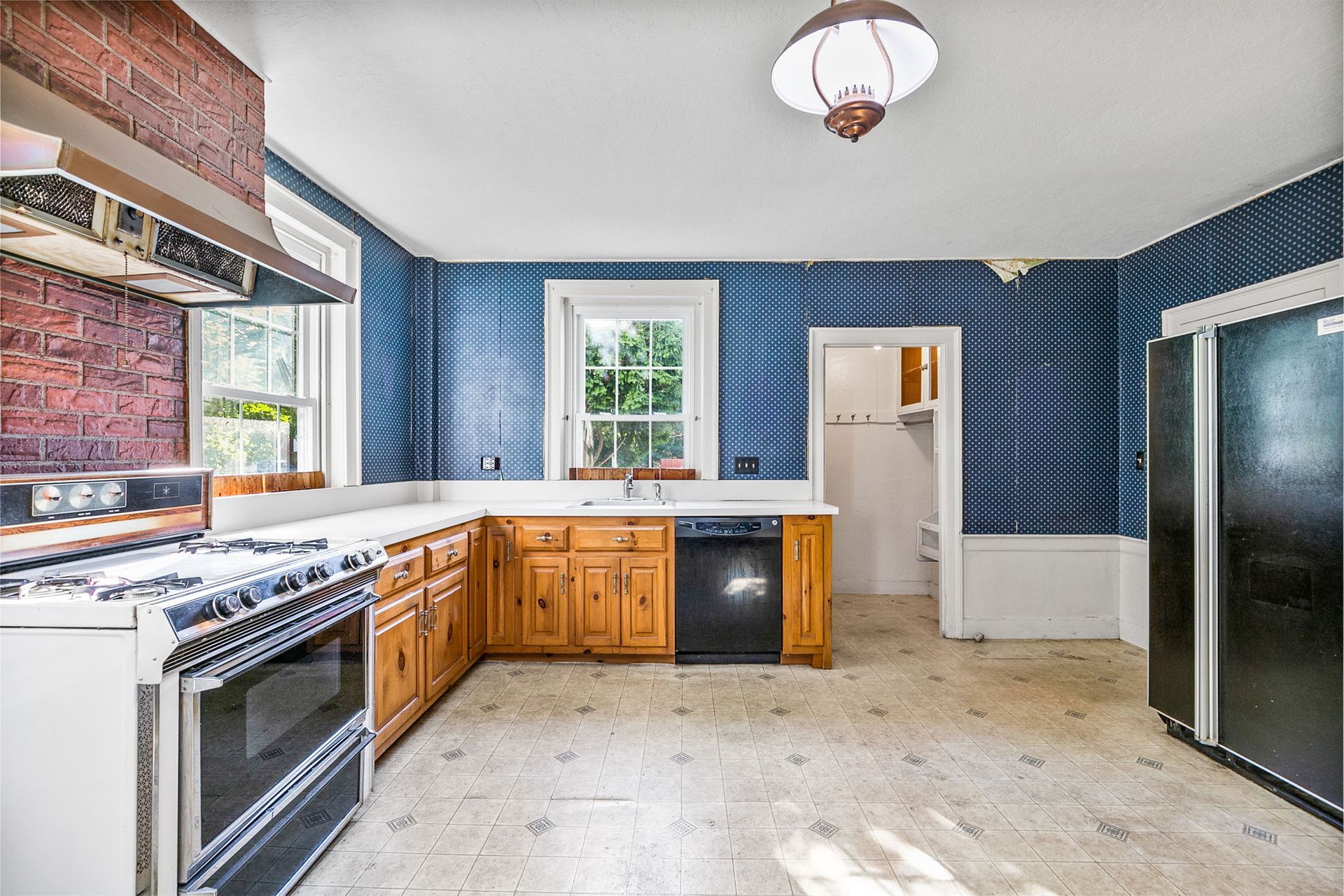



















Overview
- Price: Offered at $750,000
- Living Space: 3136 Sq. Ft.
- Beds: 6
- Baths: 3.5
- Lot Size: 0.68 Acres
Location
Contact

REALTOR® | Luxury Property Specialist
M: 508.801.6444 | dennis.folan@nemoves.com
DennisFolan.com





